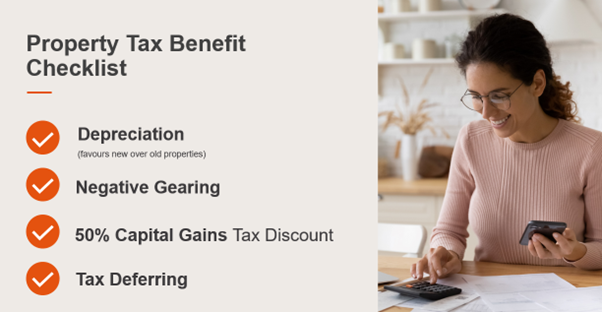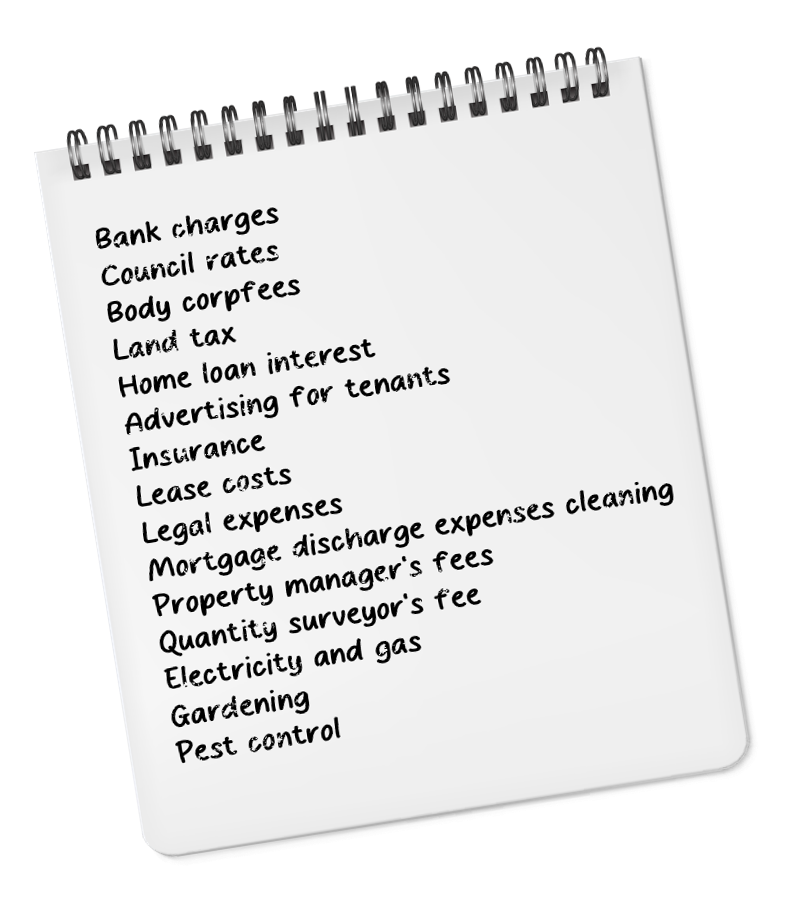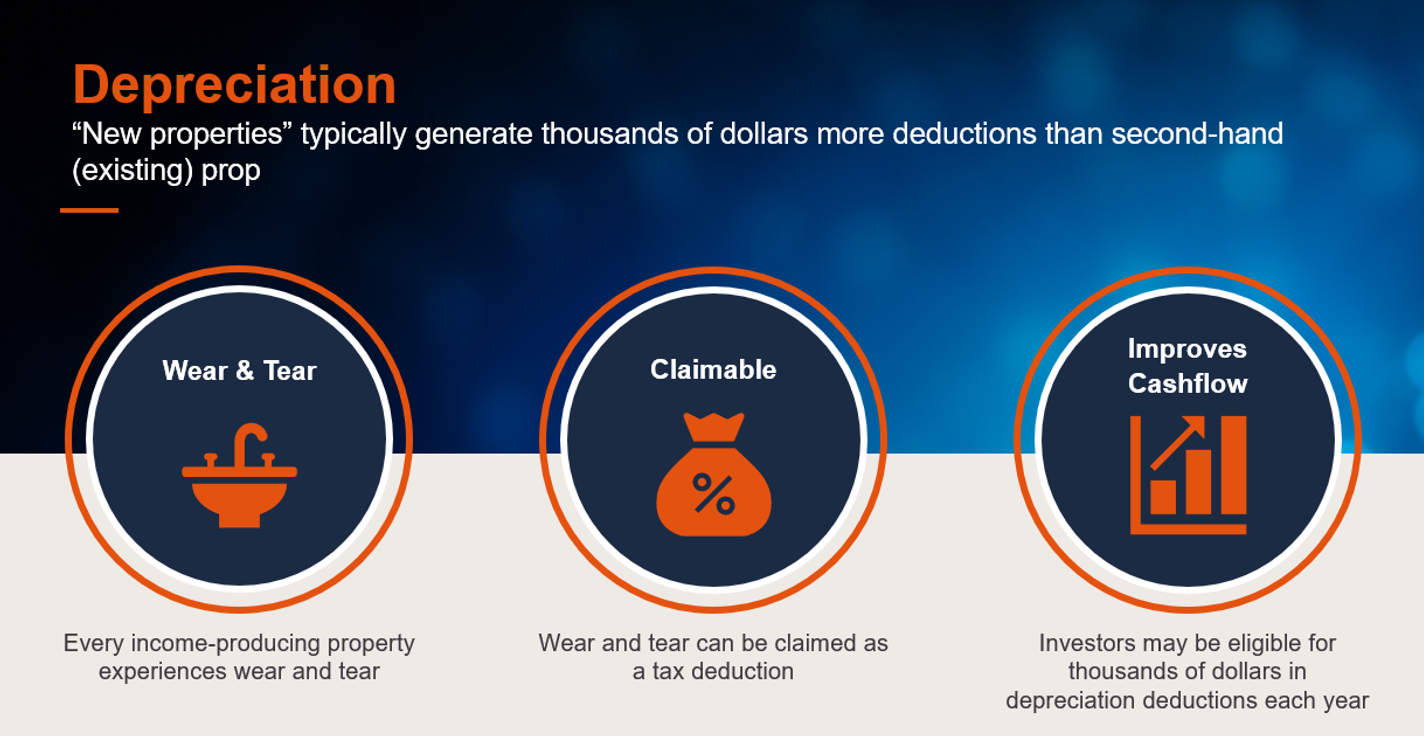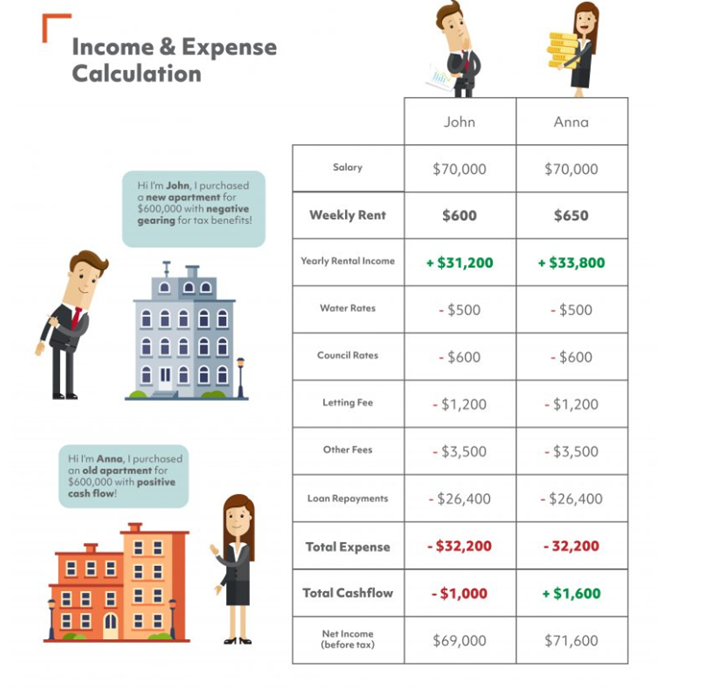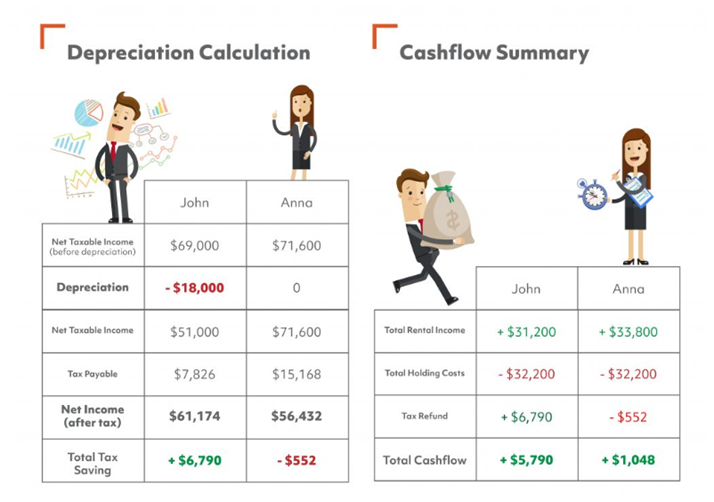Negative vs Positive Gearing
One of the most frequently asked questions we receive from property investors is whether positive gearing or negative gearing is the better approach for investment properties.
At Ironfish, we strongly believe in working closely with our customers to provide them with the knowledge and guidance needed for long-term success. In this article, we aim to demystify the concepts of positive and negative gearing by offering a clear and concise explanation.
Additionally, we will explore various cashflow scenarios, and shed new light on the tax benefits of negative gearing.

